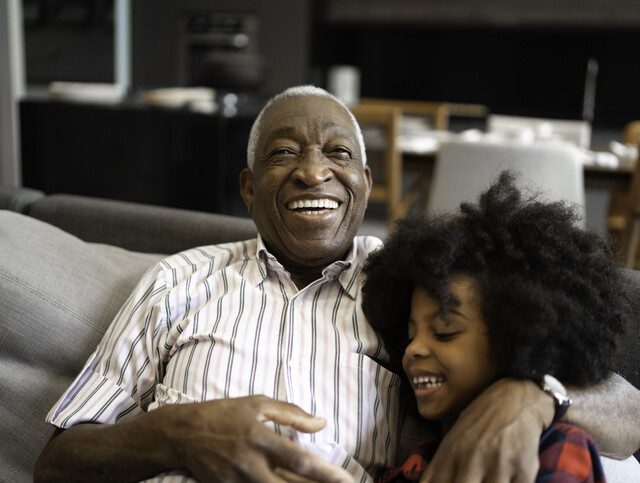As we age, injuries, diseases, or illnesses can negatively affect our ability to perform everyday activities for ourselves. Daily tasks we once may have taken for granted – getting dressed, taking a walk, making dinner – may suddenly be difficult or impossible to do on our own. This is where the benefits of occupational therapy come in.
Occupational therapy offers numerous benefits for older adults recovering from injury or illness. In fact, the benefits of occupational therapy go beyond the physical improvements. Often, occupational therapy’s biggest benefits are a renewed sense of independence and improved quality of life.
To fully appreciate occupational therapy’s benefits, it helps to understand how it differs from other forms of therapy.
OCCUPATIONAL THERAPY DEFINED
The American Occupational Therapy association defines occupational therapy as “the only profession that helps people across the lifespan to do the things they want and need to do through the therapeutic use of daily activities (occupations). Occupational therapy (OT) practitioners enable people of all ages to live life to its fullest by helping them promote health, and prevent — or live better with — injury, illness, or disability.”
In essence, an occupational therapist’s job is to help you stay active and live well despite limitations. So what does occupational therapy look like for an older adult?

Let’s say, for example, you’ve just had a joint replacement. A simple outpatient surgery, right? Not necessarily:
- During your recovery, you may need to learn new ways to bathe and dress yourself or make meals.
- Pain or limited range of motion may make it difficult to safely drive or walk through a grocery store or keep up your favorite hobbies.
- Medications to manage the pain may cause memory loss or make you sleepy or fatigued, which restricts your social opportunities.
And that’s for a planned procedure. Imagine if you’re a healthy older adult who unexpectedly suffers from a stroke. Until your stroke, you had no issues with walking, balance, concentration or basic motor skills. An occupational therapist helps you improve your sensory and motor abilities after a stroke so you can relearn valuable skills.
Trying to regain independence on your own, or with the help of a family member, can be frustrating and overwhelming. And without professional assistance from an occupational therapist, you may never fully return to living independently, or completely regain your ability to perform those daily activities on your own.

WHY OCCUPATIONAL THERAPY FOR SENIORS
You might think an illness, injury or prolonged hospital stay take only a physical toll on our bodies. But think about that joint replacement or that stroke: Losing your independence and finding yourself reliant on others can be emotionally and mentally devastating. Experiencing a loss of independence can lead to depression and anxiety. Occupational therapy looks at your overall health and well-being – physical, mental and emotional.
A good occupational therapist is highly collaborative and looks at your life holistically, and generally follows these key steps:
- Evaluates your environment, and discusses your individual needs and goals
- Works to get input from your family members, care providers and other forms of social support
- Creates a customized approach to help improve your quality of life
- Develops a thorough intervention plan to address particular issues, such as safe driving, fall prevention and accessibility in your home
Something important to keep in mind: Occupational therapists’ core aim is to overcome barriers affecting your ability to participate in your life. The focus is on adapting a task or an environment to fit you, with you being an integral member of your therapy team.
OCCUPATIONAL THERAPY IMPROVES LIVES
You might be surprised to learn occupational therapy is for restoring your independence – and for keeping you independent.
A 2001 study published in the Journals of Gerontology found significant health, function, and quality of life benefits in 361 independent older adults that were directly attributable to a nine-month program in preventive occupational therapy.

Here are just a few ways occupational therapy can enhance your quality of life, no matter your age or health status:
- Preventing falls by teaching you better balancing and muscle-building exercises that keep your body strong.
- Improving your overall mobility with simple stretches and movements that improve your flexibility.
- Supporting independence and safety by recommending adaptive equipment in certain areas of your home, such as bathrooms and stairs.
- Encouraging your leisure activities by helping to compensate for chronic conditions such as back pain or low vision.
- Enhancing your driving skills through the use of bioptics or on-road instruction.
- Teaching you life skills to help you cope with life challenges, such as living with gradual cognitive decline.
You may have questions about all the benefits of occupational therapy. Find answers to some commonly asked questions about occupational therapy at Oak Trace, or get in touch with us by filling out the form on this page.


